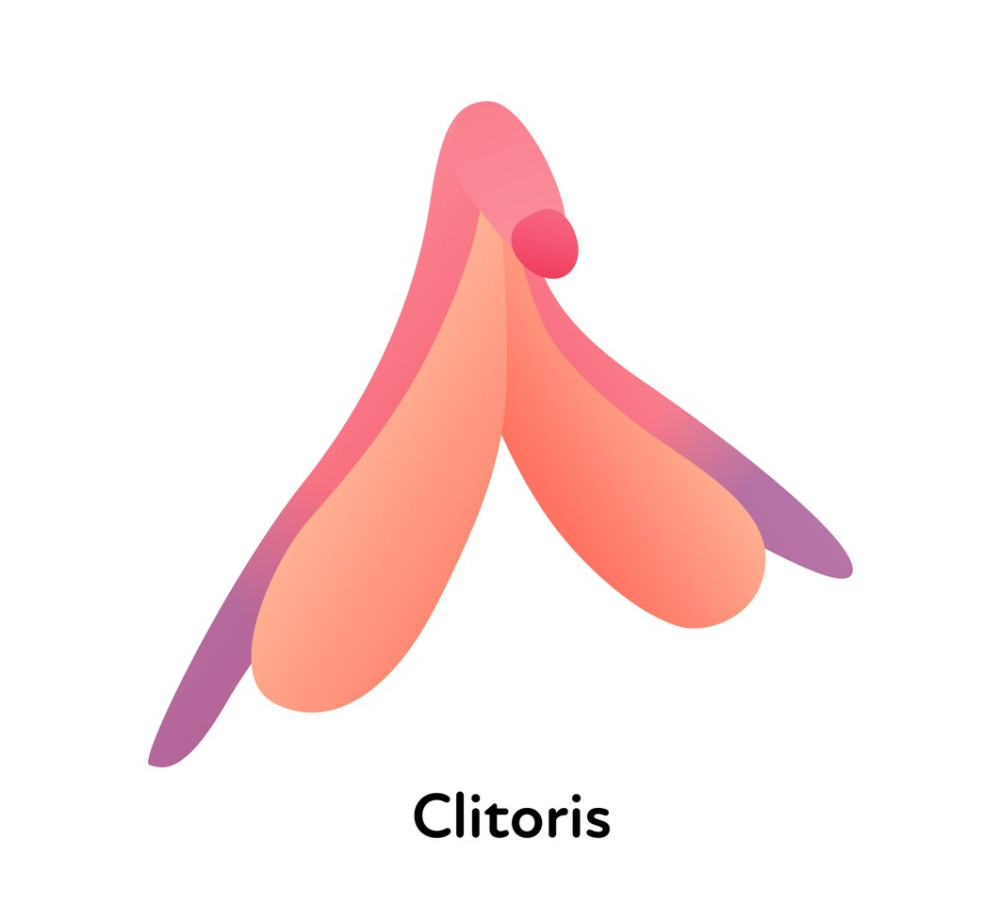Many people assigned female at birth (AFAB) or born with a vulva and vagina often have limited knowledge about their anatomy and the terminology used to describe it. This understanding is crucial, not just for general knowledge, but also for recognising how our bodies respond to sex and using the correct terminology when/if visiting your health care professionals.
By Venus Libido
External and Internal Female Genitalia
- Vulva: The external female genitalia, often referred to as the vulva, includes all the parts that touch our underwear. It encompasses the mons pubis, labia majora, labia minora, clitoral hood, and the vestibule.
- Vagina: The vagina is the internal muscular tube leading to the uterus. It starts at the vestibule and extends inward.
- Vestibule: The area where the vulva transitions into the vagina.
The Labia and Mons
The labia and mons pubis have essential roles in both protection and sexual pleasure:
- Mons Pubis: The area of skin and fatty tissue from the pubic bone to the clitoral hood.
- Labia Majora: Hair-bearing folds of skin and fatty tissue filled with glands.
- Labia Minora: Folds of skin without fat, containing erectile tissue that swells during arousal and aids in sexual pleasure by causing friction against the clitoris. They may vary in size and shape, often being asymmetrical.
The Clitoris


The clitoris is a complex organ designed primarily for sexual pleasure.
- Structure: Resembling an upside-down Y, the clitoris has a visible tip (the glans) and extends into two sets of arms.
- Function: The tip, partially covered by the clitoral hood, is highly sensitive and has over 8,000 nerve endings, making it twice as sensitive as the male penis.
The Sexual Response Cycle
The first description of the sexual response cycle by Masters and Johnson in 1960 outlined four phases: excitement, plateau, orgasm, and resolution. Modern models now incorporate the roles of emotional connection, trust, and other stimuli, recognising the diversity of motivations for sexual activity.
A significant difference from those with a penis is that AFAB individuals do not have a refractory period, allowing for multiple orgasms without the need for a recovery phase.
Desire and Arousal
- Desire: A strong feeling of wanting or wishing for something.
- Arousal: A state of physiological and psychological excitation caused by sexual contact or other erotic stimulation.
During arousal, several physical changes occur:
- Increased blood flow causes the vagina to swell and darken.
- The clitoris engorges with blood, becoming highly sensitive and retracting under the hood.
- Breathing, heart rate, and blood pressure increase.
- Muscle tension and spasms may occur, and the nipples harden.
VIDEO: Watch back Venus' livestream!
Orgasm
An orgasm is a series of involuntary rhythmic contractions in the outer third of the vagina, typically lasting 5-60 seconds. This process, controlled by the spinal cord, releases oxytocin, promoting feelings of relaxation and bonding.
Vaginal Orgasms and the G-Spot
Only about 25-33% of AFAB individuals achieve orgasm through penetration alone, likely due to the anatomy and the way the clitoris is stimulated. Most achieve orgasm through clitoral stimulation, which can be accomplished in various ways.
Myth Busting and Additional Facts
- Normal Vulva: Vulvas come in a variety of shapes, sizes, and colors. There is no single "normal" appearance.
- Intersex Variations: Some individuals may have intersex variations, which are natural and valid forms of human diversity.
- Healthy Discharge: The vagina typically produces 1-3ml of discharge daily, with up to 4ml being normal. This discharge is essential for protecting the genital area from injury or infection.
- Lubrication: Vaginal lubrication can occur without sexual arousal, as a response to maintain balance or due to hormonal changes.
Understanding your anatomy can enhance sexual health and pleasure, promote body positivity, and dispel common myths. Embrace the diversity and functionality of your body, and remember, there's no "normal"—just what's normal for you.
Do you find it important to learn about your bodily functions for a fulfilling sex life? Or are you more into learning by doing? Let us know in the forum!
JOYclub: What is that?


- With over 5 million members, JOYclub is a lively, sex-positive community that will turn your love life completely upside down.
- Whether you're male, female, trans, single or a couple, JOYclub is the place to discover and live out your erotic fantasies with other members (with your partner, if you like).
- Curious? Then register for free and without obligation and discover the fascinating JOYclub world. We are looking forward to meeting you!





